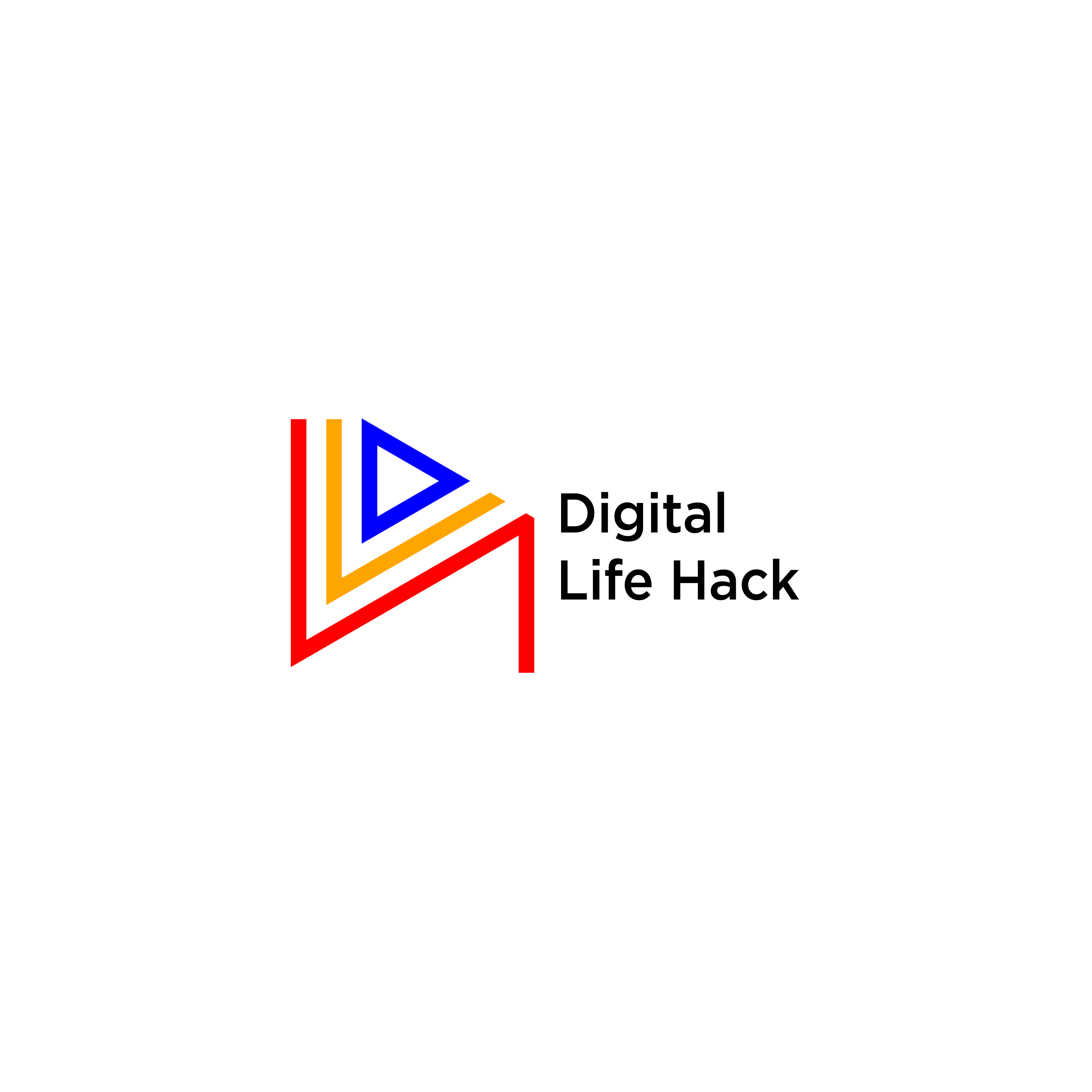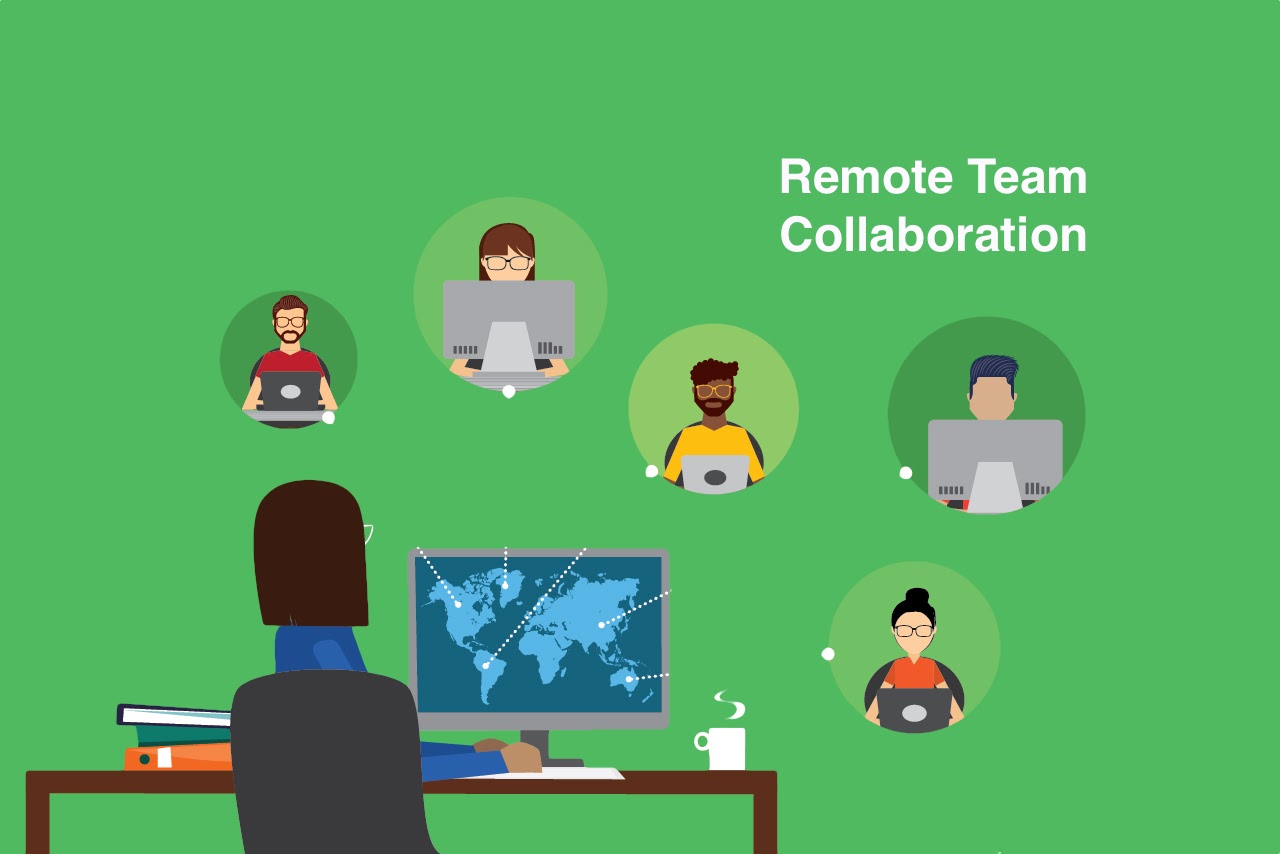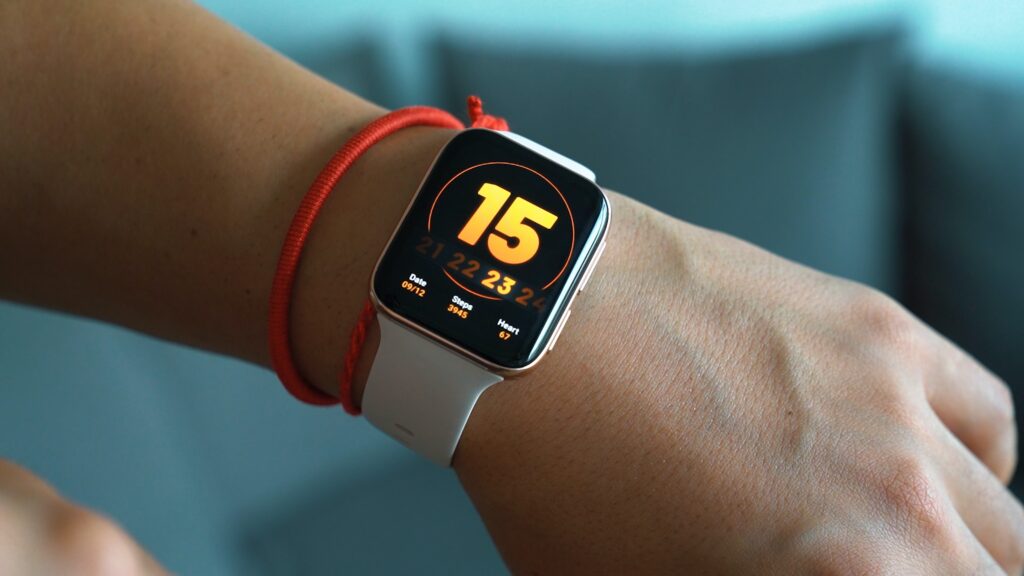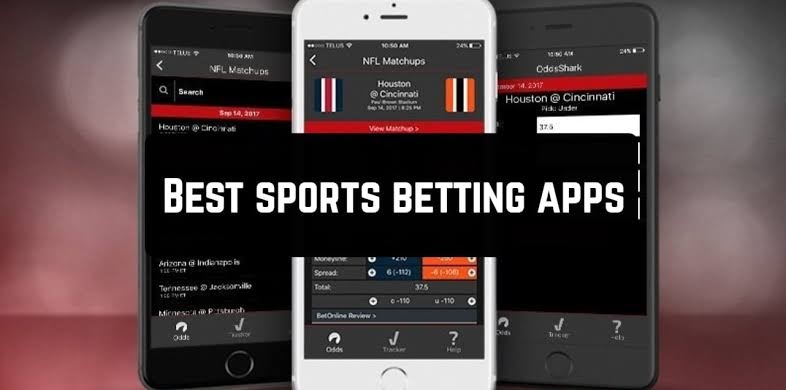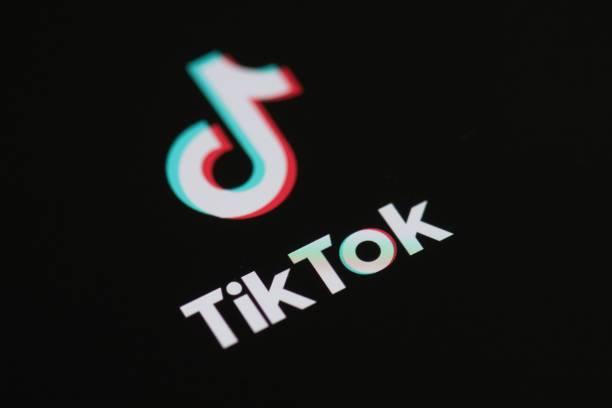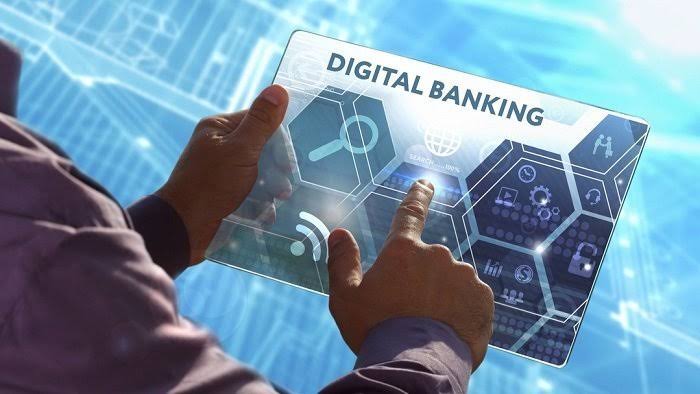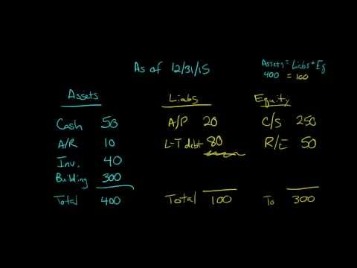
Table 3 shows the total citation counts for the top 10 articles as listed in Google Scholar citations (5 March 2021). Figure 1 demonstrates that the volume of articles on the topic is increasing annually. The first articles began to appear in 2015 and, by 2019, 4 articles had increased to 40 papers, with 35 already published just in the first half of 2020. The possibilities that blockchain brings to information disclosure, fraud detection and overcoming the threat of shadow dealings in developing countries all contribute to the importance botkeeper raises $25 million in series b to continue helping cpa firms thrive of further investigation into blockchain in accounting. Blockchain is still relatively new, with the development of software being rather dynamic; however, figure 6 lists and briefly describes some of the products in the marketplace that attempt to integrate blockchain technology.
Blockchain: Impact on Business, Finance and Accounting
Additionally, blockchain provides opportunities to collect qualitative social and environmental data, which will continue to require assurance in the future. La Torre et al. (2018) argue that blockchain will generate an automatic assurance system for non-financial information that could substantially modify the current assurance paradigm. Therefore, blockchain may help accountants move away “from traditional accounting assumptions, such as monetary units, economic entities and time periods, leading organisations more towards holistic views of their relations with the society” (McGuigan and Ghio, 2019, p. 800).
1 The research questions
It also creates a closer link between accounting and a company’s responsibilities to its stakeholders and makes it more challenging for financially-distressed companies to hide their situation (Smith, 2017). Since blockchain is just such an emerging topic in the accounting literature (Schmitz and Leoni, 2019; Bonsón and Bednárová, 2019; Yu et al., what is nexus and what are the qualifying events for nexus 2018), we decided to add papers not yet published in the accounting journals but uploaded to the SSRN. SSRN is the leading social science and humanities repository and online community that provides “tomorrow’s research today” (Gordon, 2016).
The implementation of the technology involves addressing significant challenges, but also has numerous potential advantages. At Deloitte, our people work globally with clients, regulators, and policymakers to understand how blockchain and digital assets are changing the face of business and government today. New ecosystems are developing blockchain-based infrastructure and solutions to create innovative business models and disrupt traditional ones.
From this, the authors analysed and critiqued the current and future research trends in the four most predominant topics of research in blockchain for accounting. It’s immutability and decentralized nature make it unique, but its function of recording transactions makes it familiar to those in the accountancy profession. Developing professional knowledge and understanding of this emerging technology and its applications will be crucial to ensuring the profession’s relevance and future readiness.
3 Opportunities and challenges of blockchain technology application
Even if they are recorded onto blockchains, transactions may still be fraudulent, illegal or unauthorised. Hence, given the need for auditors to detect and investigate transaction errors or fraud, the argument of auditors becoming obsolescent is not evident. Section 3 outlines the methodology used for the review, followed by the results in Section 4. The most representative articles are analysed in Section 5, with future research directions discussed in Section 6.
![]()
The third risk relates to flawed smart contracts that can hide malicious code or another contract with a weakness. This risk highlights the need for independent external auditors to approve transactions before the contract enters the blockchain. In short, the ability of blockchain to store records makes it a target for potential cyberattacks. Therefore, to ensure the security of information in a blockchain, there is a need to implement internal and cybersecurity controls that consider privacy preservation issues (Chohan, 2017; Coyne and McMickle, 2017; O’Leary, 2017). Of course, for blockchain technology to enable continuous auditing and for it to give auditors a better understanding of their clients’ businesses, companies will need to record all transactions on the blockchain (Schmitz and Leoni, 2019). After all, “real-time auditing” can only be delivered to the degree that transactions are recorded on the blockchain.
Rather, they suggest that auditing will take on new features and become more complicated (Dai et al., 2019; Issa et al., 2016). Distributed public recording on the blockchain will allow real-time audits in many locations and organisations simultaneously (Issa et al., 2016). These authors argue that auditors will need improved skills to audit the data not only for one company but also for the whole accounting ecosystem.
Three further risks are often raised, each surrounding changing business processes (Canelón et al., 2019; Coyne and McMickle, 2017; Kokina et al., 2017). The first relates to the centralisation of computing power, also called the “51% attack risk”, which can happen when most of the computing power in a blockchain’s network is centralised. In this case, whoever controls that power can, with impunity, discard a valid link in the difference between margin and markup the chain or substitute an invalid block for a valid one. The second risk is transaction malleability, which occurs when an attacker copies a transaction and modifies it to receive tokens (payment) then claims that no tokens were ever received.
- The first articles began to appear in 2015 and, by 2019, 4 articles had increased to 40 papers, with 35 already published just in the first half of 2020.
- LDA allows us to explore latent relationships between terms and topics in a sample, identify the most representative articles for each topic and identify the trends within the topics.
- The insights provided into this emerging technology will have implications for the accounting ecosystem–some beneficial, others challenging.
- Prior research points to a growing trend in the topic of new skills for teams when implementing blockchain and using this technology in day-to-day work (Changati and Kansal, 2019).
- In addition, internal auditorsmay test for governance issues in the blockchain byverifying who is responsible for creating transactions,who can verify transactions, and which party isresponsible for reviewing transactions.
Blockchain makes it possible to write verified transactions to a distributed ledger in a secure fashion, without a central authority, between untrusted parties, creating an undeniable past, value for each node and adding value (trust) to those transactions. Deloitte celebrates its 175th anniversary in 2020, and audit has undergone multiple sea changes in those years. At each inflection point, it has re-established its vital role in building trust and confidence in the capital markets and in the investing public. Today, we are racing toward yet another inflection point that holds tremendous promise and potential for the future of audit. Smart contracts can easily and cost effectively transfer ownership of a car or transfer corporate shares without needing a third party, such as a bank or a stockbroker, and with immediate settlement.
